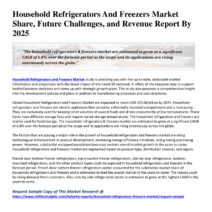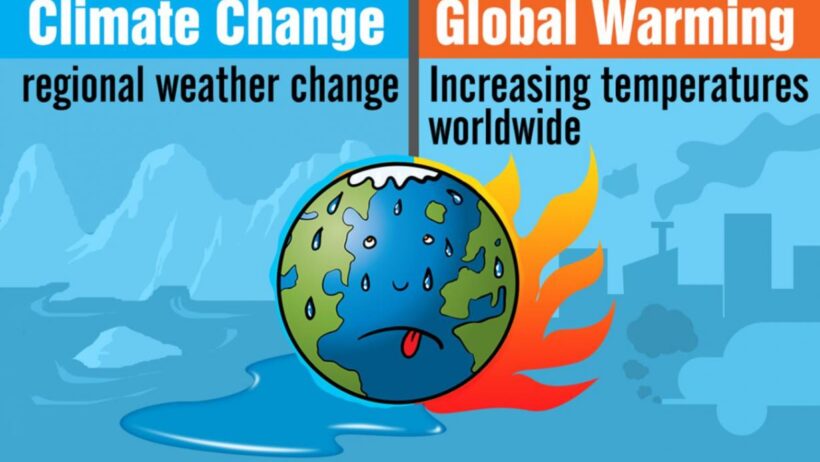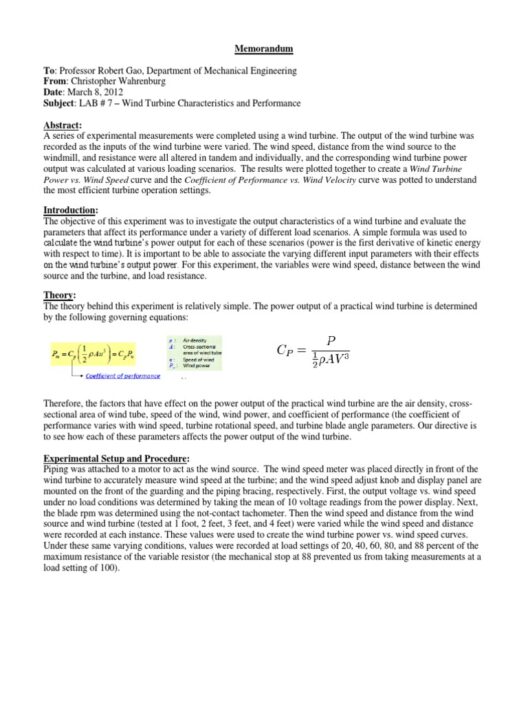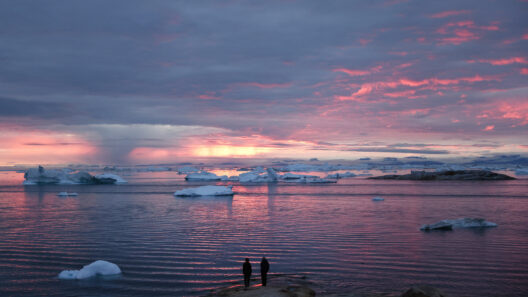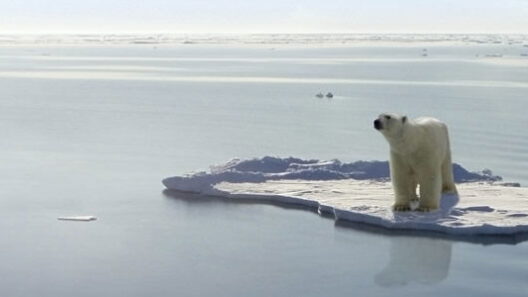In the rich tapestry of environmental discourse, a dualistic narrative often emerges—global warming and climate change. But are they truly two distinct entities, or merely different facets of the same pressing issue? This examination invites readers to ponder the intricate relationship between these concepts and their confluence in shaping our planet’s future.
Defining the Terms: What Are We Talking About?
At the outset, it’s essential to delineate the definitions of global warming and climate change. Global warming refers specifically to the increase in Earth’s average surface temperature due to human activities, particularly the emission of greenhouse gases like carbon dioxide and methane. This localized increase in temperature serves as a bellwether for broader climatic shifts.
Conversely, climate change encompasses a more holistic spectrum of alterations to the Earth’s climate systems. This includes variations in temperature, precipitation patterns, and even extreme weather events, all of which may arise not only from anthropogenic influences but also from natural processes and historical climate variability.
Therefore, while global warming can be viewed as a propellant on the climate change trajectory, climate change illustrates a broader narrative. Aren’t we, continually, in a state of evolution regarding our planet’s intricate climate dynamics?
The Science Behind the Heat: Causing a Stir
To grasp the nexus between these woven narratives, one must delve into the scientific underpinnings of global warming. The burning of fossil fuels, deforestation, and industrial processes contribute significantly to the greenhouse gas accumulation in our atmosphere. This mechanism of trapping heat is akin to an ever-inflating balloon; the more gases are released, the higher the pressure builds.
As global temperatures rise, myriad ecosystems face transformative pressures. Coral reefs, often dubbed the canaries of the ocean, are experiencing unprecedented bleaching events directly linked to rising sea temperatures. The polar ice caps are witnesses to accelerated melting, raising sea levels and endangering coastal communities. It is an unsettling thought that as we ignore these harbingers, we may stir up consequences more profound than we can fathom.
Yet, is it possible that by focusing on the more tangible aspect of rising temperatures, we divert our attention from the equally critical components of climate change? After all, isolated phenomena such as altered precipitation patterns, increased frequency of droughts, and the abrupt onset of severe weather can be seen as a silent, though equally destructive, counterpart to the more visible consequences of global warming.
The Unforeseen Consequences: Is Ignorance Bliss?
As global warming appears to be the headline-grabbing issue, climate change unfolds in subtler, perhaps more insidious ways. The benefits reaped from fossil fuels and industrial supremacy have often eclipsed the looming threats posed by climate-related phenomena. Economic growth, powered by unchecked energy consumption, ignores the mounting costs of environmental degradation.
Consider, for instance, agricultural practices. Changes in temperature and precipitation influence crop viability. The once-thriving cereal belt in the Midwest might face burgeoning challenges, while regions previously unsuitable for agriculture may experience an influx of opportunity. This paradox raises salient questions: Does opportunity in one area create a void elsewhere? And how do we balance the needs of an ever-growing population against the frailty of our ecosystem?
The intricacies of climate change present a prodigious challenge for policymakers, scientists, and activists alike. The interconnectedness of warming temperatures and altered climatic conditions suggests a multifaceted approach is crucial. From renewable energy investments to conservation practices, the call for comprehensive action reverberates across sectors.
Advocating for Change: The Path Forward
As we grapple with these pressing dilemmas, it is essential to advocate for actionable responses that address both global warming and climate change in tandem. Education remains a powerful tool. Individuals empowered with knowledge can engage with their communities, cultivating a sense of responsibility toward mitigating impacts on the environment.
Furthermore, as advocates for sustainable practices, we must harness the dialogue around global warming to elucidate the broader narrative of climate change. By doing so, we embrace a unified strategy for conservation, renewable energy investments, and innovative technologies designed to curb greenhouse gas emissions.
Also critical is the engagement of policymakers and stakeholders in understanding the interconnectedness of these issues. This awareness can fuel a collective response that embraces resilience and adaptability in the face of an uncertain climate future.
Ultimately, although global warming and climate change do represent two sides of an environmental coin, overlooking the subtle nuances that tie them together would be a disservice to our planet. By examining these links, we not only enrich our understanding but also empower ourselves to take meaningful action.
The question remains, however: Are we prepared to embrace the complexities of the relationship between global warming and climate change, or do we risk a future blinded by ignorance? It is a collective challenge deserving of utmost attention and advocacy.


